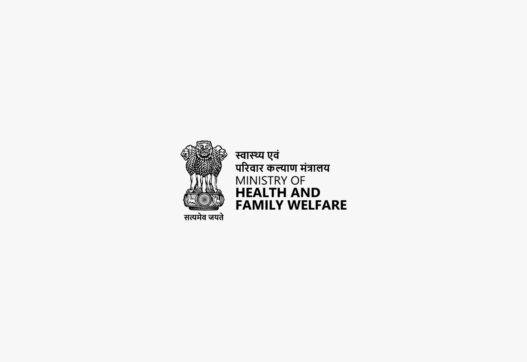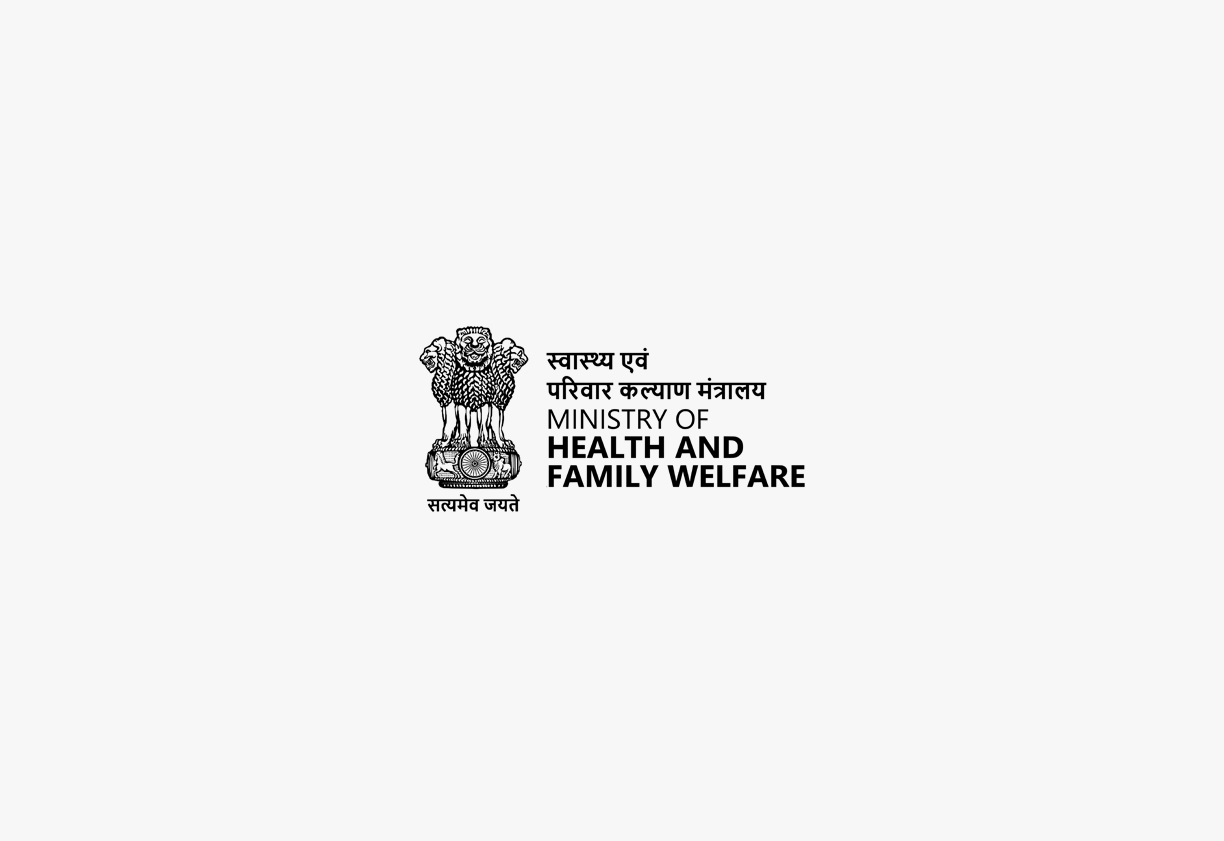Ministry of Health and Family Welfare
The Indian Red Cross Society Act, 1920, was enacted to formally establish the Indian Red Cross Society. This aimed to streamline the administration of funds and resources for medical aid, disaster relief, and humanitarian services. The act falls under the administrative purview of the Ministry of Health and Family Welfare, which oversees the operations and compliance of the Indian Red Cross Society, ensuring its alignment with the nation’s health and social welfare goals. It is a crucial part of India’s humanitarian and disaster management infrastructure.
Enactment Date, Number of Chapters, Number of Sections:
The Indian Red Cross Society Act was enacted on 20th March 1920, identified as Act No. 15 of 1920. While the act does not have formal chapters, it comprises 13 main sections. These sections cover various aspects such as constitution of the society, appointment of the managing body, powers, functions, and rules. It also includes three schedules defining objects, area of application, and fund allocations. The act has been amended over time to reflect changing requirements.
Act Governed By:
The Indian Red Cross Society Act is governed by the provisions outlined within the act itself, as well as rules framed by the Managing Body, and directives issued by the President of India and the Central Government. The Act mandates the Central Government to oversee the functioning of the society. The President of India has the power to appoint the Chairman, and members of the Managing Body, and can supersede the body under certain circumstances. It is therefore, a combination of societal guidelines with a central authority oversight.
On Whom It Is Applicable:
The provisions of the Indian Red Cross Society Act are applicable to the Indian Red Cross Society, its members, the managing body, branch committees, and any affiliated societies. The act ensures that all its actions and activities are in accordance with the regulations outlined, as well as the Society’s mandate and guiding principles. The general public are indirect beneficiaries of the Act’s provisions. The Society’s operations cover the entire territory of India.
Penalties/Punishments:
The Indian Red Cross Society Act does not specifically lay down penalties or punishments for violation of its provisions. However, the Act empowers the President to supersede the Managing Body if there is mismanagement or conduct prejudicial to the Society’s objectives. The act ensures accountability through rules, regulations, and supervisory authority, emphasizing the proper management of the Society and its funds. This act therefore prioritizes good governance and public welfare.
Important Pointers:
-
Establishment: The act establishes the Indian Red Cross Society as a corporate body with perpetual succession.
-
Managing Body: It provides for the appointment and composition of the Managing Body, which oversees the operations.
-
President’s Role: The President of India is the President of the Society and has powers to nominate the chairman and oversee its functioning.
-
Rule-Making: It allows the Managing Body to make rules for the management and procedures of the Society.
-
Fund Application: It specifies how the funds and resources of the Society can be applied for humanitarian aid and disaster relief.
-
Branch Committees: It provides for the formation of branch committees and the distribution of income from the Society’s property.
-
Affiliation: It allows for the affiliation of other societies or bodies with similar objectives.
-
Transfer to Pakistan: It includes a provision for the transfer of funds to the Pakistan Red Cross Society under specified conditions.
-
Scope of Activities: It outlines a wide range of humanitarian activities, including aid to armed forces, disaster relief, maternity and child welfare, nursing, and ambulance services. The act provides both broad and specific areas of operation for the Red Cross.
Act Copy:




